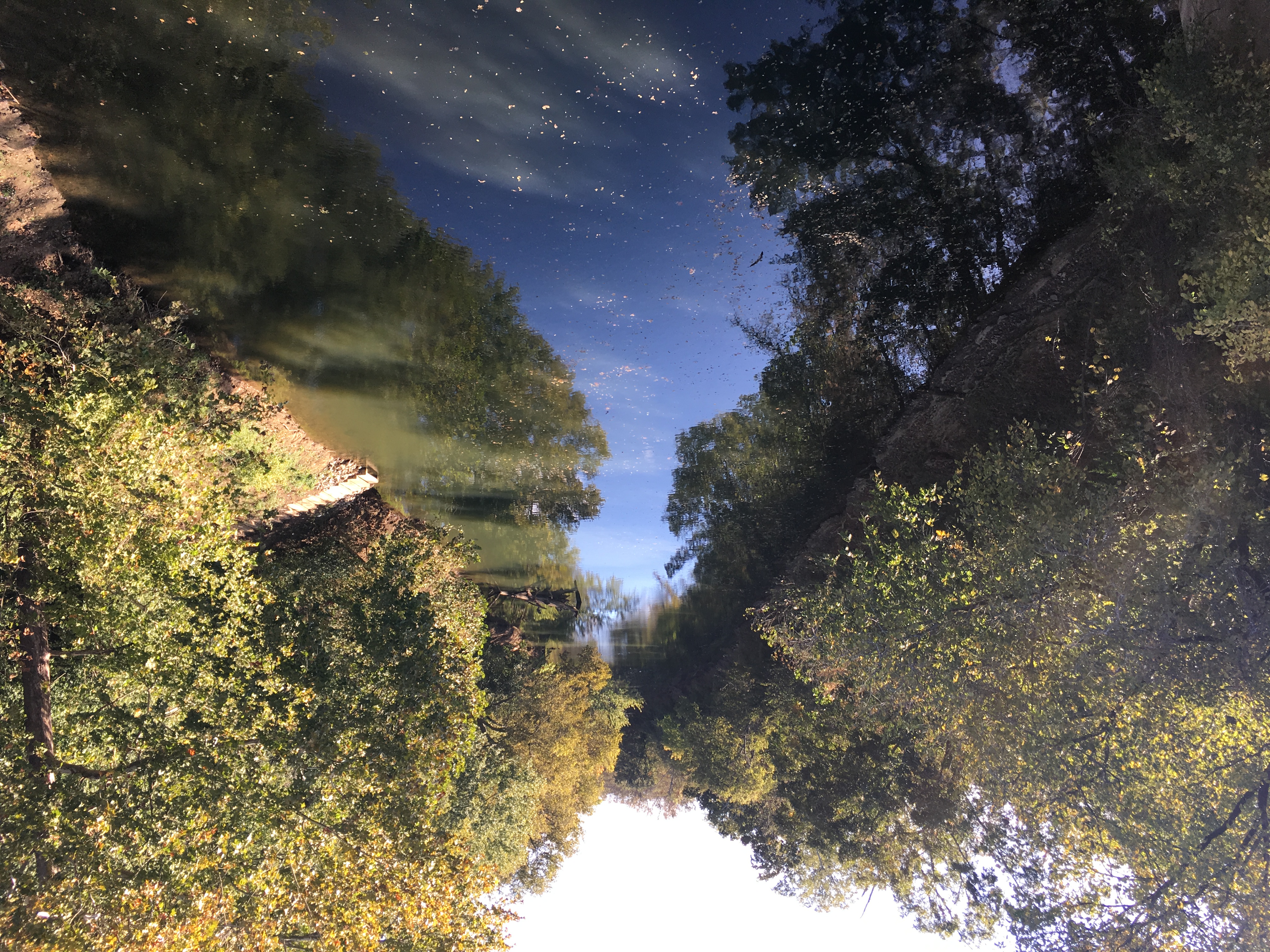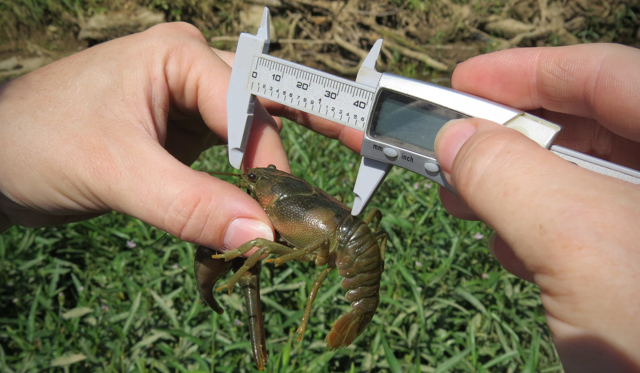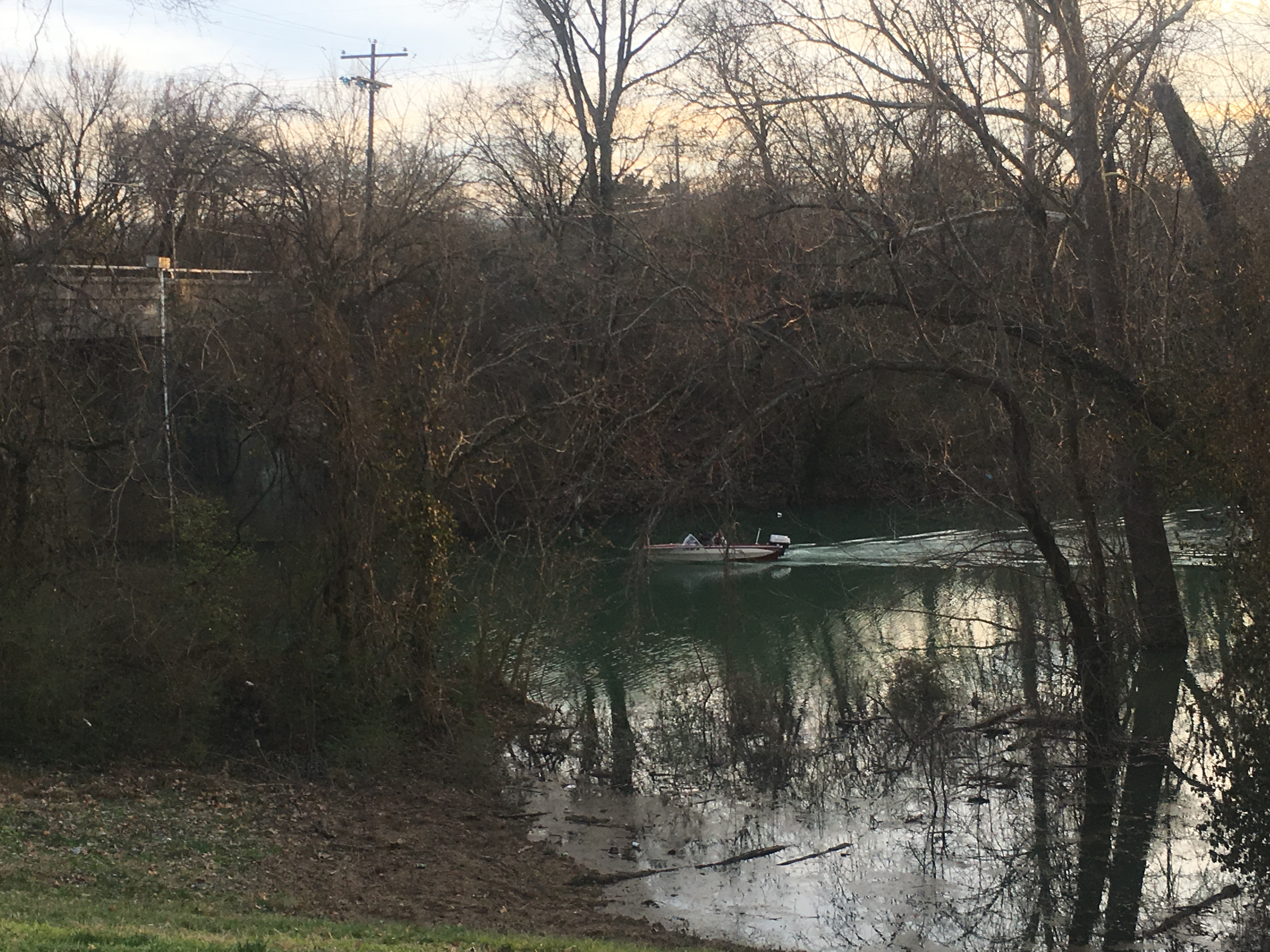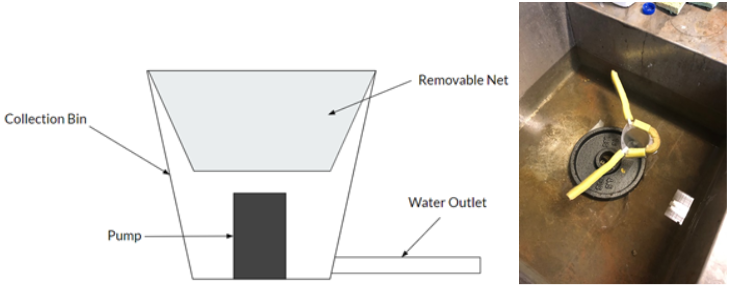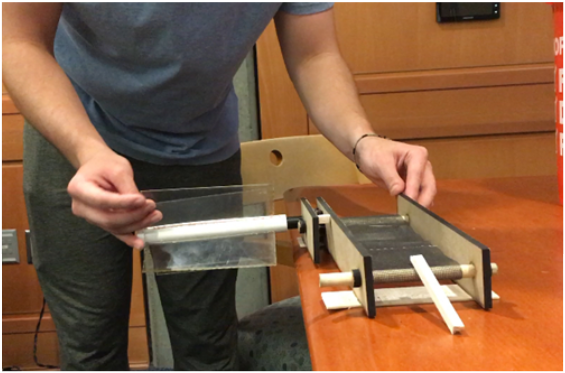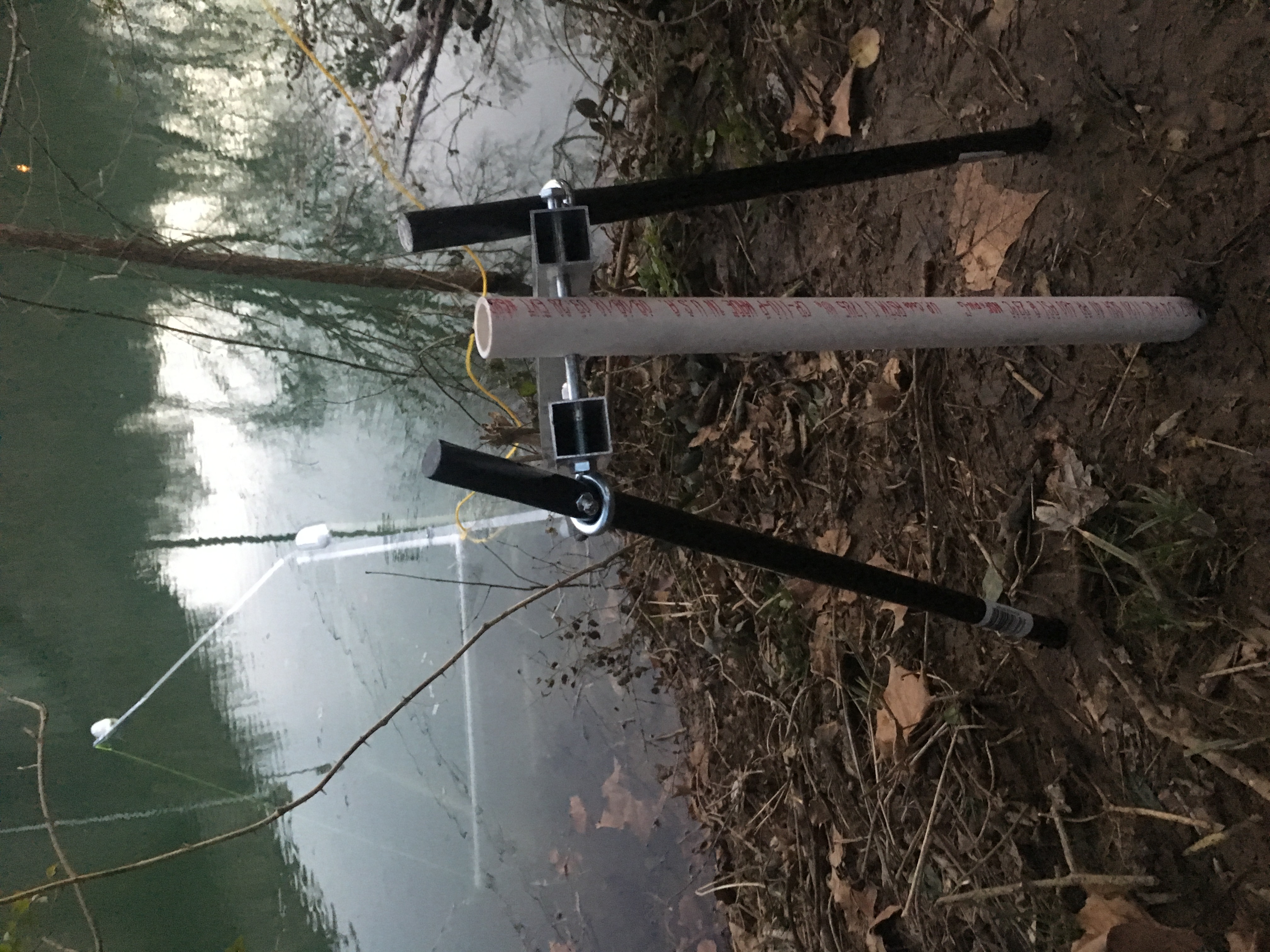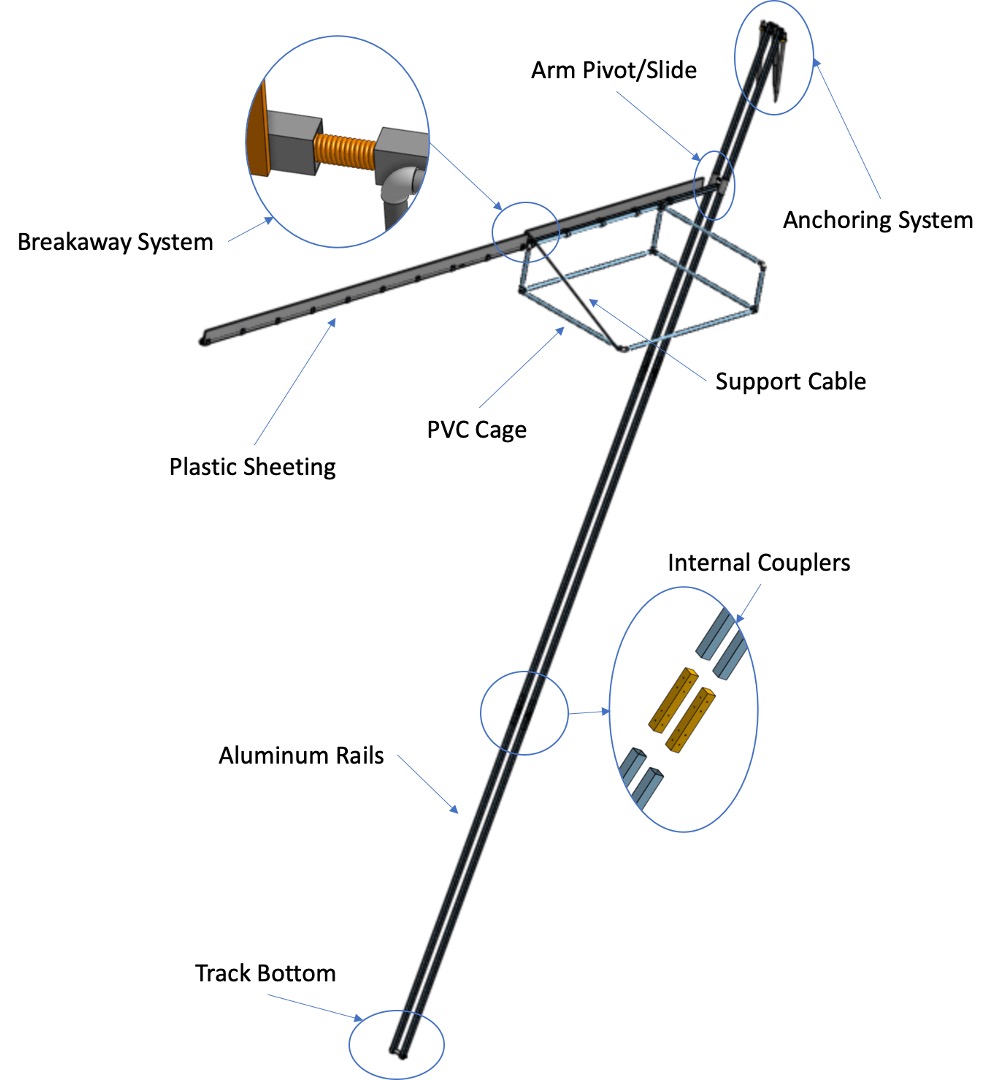Why This Device is Necessary:
While there are many economic and cultural benefits to the rapid growth of Nashville’s population, there are also some detrimental impacts that come along with it. One of these issues is an increase in the amount of trash and litter that can be seen around the city. Not only is this litter unsightly, but it eventually ends up in the many waterways running through the city of Nashville and ultimately finds its way into the Cumberland River. This litter that accumulates in these waterways is detrimental to the ecosystem as it can be mistaken for food by animals, clog water passages, and harm flora. Once it reaches the harsher waters of the Cumberland it can become waterlogged and sink to the bottom, becoming significantly harder to remove. Even further, plastics begin to break down into microplastics as they travel through the waterways. The environmental and public health impact of these substances is still unknown. The presence of litter detracts from the experience that the Nashville waterways have to offer the community, and negatively impact local wildlife and the environment downstream.
Our Challenge:
Our challenge from the Cumberland River Compact was to create a device that could be semi-permanently installed in Mill Creek, a tributary of the Cumberland river, that would collect a portion of this surface-level litter before it reached the Cumberland River. Below you can see an image showing our designated location as well as a photo of this location.
- Implementation Location
- View of Mill Creek from Lebanon Pk
Design Requirements and Constraints:
Mill Creek is one of the largest tributaries in Davidson county to feed the Cumberland River. This causes flow rates to become quite high during high rain events, and water levels to increase up to 3 feet for every 1 inch of rain. This meant that the device created needed to be able to adjust to these changing water levels, as well as be able to handle the forces that come along with high flow rates. Next, it was learned that the endangered Nashville Crayfish is a species that is only native to the Mill Creek watershed. This device was meant to improve the natural ecosystem, so designing a device that did not disrupt the this endangered species, or any others, was of high importance. While visiting Mill Creek, it became clear that there were high levels of sediment and dirt particles suspended in the water. This was significant because it meant that we could not have many moving parts in the water that could become jammed up by these particles. Finally, because Mill Creek is a popular location for recreational activities like boating, kayaking, and fishing, this device could not hinder or get in the way of these activities.
- Nashville Crayfish (nashvillezoo.org)
- Boaters travelling down Mill Creek
While Mill Creek was the targeted creek for this project, the future goals of the Cumberland River Compact were to be able to easily recreated this device and be able to implement it in other water ways all throughout the Nashville area. To achieve this, we aimed to create a device that could be easily recreated by anyone without access to machining tools and could be adjusted to fit waterways of all shapes and sizes. Along with this, the Compact also asked that we keep the cost of building one of these devices to be within their budget of a typical river clean up. Around $250-$500.
Prototypes:
The preliminary designs of this device revolved around the actual collection method. The original competing designs were a net and bucket collection system versus a water wheel powered conveyor belt system. The net and bucket system would have the removal container (net) incorporated into a bucket. This central collection system would rest on the edge of the stream and long arms would direct trash into this area. Alternatively, the conveyor belt would be powered by the current in the river and it would convey the litter from a centrally located collection area to a separate container.
- Net and bucket system
- Conveyor belt system
After testing these systems on a small scale and visiting Mill Creek, it was determined that the best option moving forward was the net-and-bucket system due to its ability to accommodate large amounts of debris and rapidly changing water levels. A net by itself poses large environmental concerns because many fish and other animals can swim in but are unable to swim out. By placing a bucket around the net, fish and animals are not able to get in unless they are floating at the surface, which is unlikely. Additionally, having a secured casing around the net allows for easy removal of the trash without having to remove the whole system.
Next, the focus was placed on designing the arms that would extend towards the center of the river to direct trash towards the centralized collection location. Our two paramount designs were the Track Arm and the Cantilever Beam, both of which were designed to account for the huge fluctuation in water level. The track arm design originated from popular dock designs where a bracket is able to slide freely on a long track that is placed in the water. In our case, this bracket was then attached via a hinge joint to the long collection arm which would be buoyant enough to float on the surface of the water. As the water level rises and falls, the arm is able to adapt with minimal friction. The collection container can then be implemented onto the moving arm to allow it to move as well.
- Track arm implementation in the river
- Track arm initial CAD design
The second design considered was a cantilever beam. This design used a beam that was anchored in the bank of the river and is suspended over the water. There are cables that come down from the beam to hold both a collection arm as well as a removable collection net. The cable attached to the net is on a pulley system such that it can be pulled up out of the water from the bank of the river, regardless of the water height.
- Cantilever beam implementation in the river
- Constructed cantilever beam system
The track system was mechanically simple, could be utilized with any bank geometry, and did a good job adjusting to varying water levels. It was low cost, high strength, and easily scalable. However, it was more difficult to incorporate a collection bin into this design than into the cantilevered beam design. Additionally, it was possible that the system could bind in high current, and sediment could potentially interfere with the track. On the other hand, the cantilevered beam design was lightweight, had a collection system already incorporated, and changed with water levels reasonably well. However, this system could only be used on steep banks and would require a fairly large cantilevered beam.
Because the goal of this system was for it to be used on other waterways in the future, the track arm system was selected for its ability to adapt to any bank geometry. Preliminary testing revealed that a two-rail system was less likely to bind than a one-rail system, so the next prototype was built with parallel rails. This prototype contained a collection bin with small holes at the bottom so that the bin would sit below the surface of the water, and a removable cage was placed inside the bin to allow for easy trash retrieval.
- Track arm prototype with collection area
The track arm system continued to perform well in testing, so we decided to move forward with the design. This prototype was still far too small for the size of the stream, so the final design was made about twice as long (arm and track), extending the arm 16 feet into the river. The collection area was simplified to a PVC housing with a mesh collection area. The anchoring system was finalized and incorporated in this design as well. Finally, the final design included a breakaway system consisting of a spring bolted across two of the arm pieces to prevent the arm from breaking due to collisions and high flow rates.
- Gradual bank installment
- Steep bank installment
- Breakaway spring system
Overnight Testing:
To ensure that the sliding mechanism worked with our new rail system, we manually simulated water level changes before placing it in the river. The system was easily able to slide up and down the entire length of rail even at its newly increased length. The coupler’s that were used to connect the rails together greatly increased the rigidity at the joints and actually allowed for smoother travel along the rails. Before implementing the system, we demonstrated its vertical displacement capabilities by moving it along its track on land.
- Manually testing the water level change adaptability
The device was then anchored in location at the river to be left for several days during a rainy event to test its ability to adapt to changing water levels. A GoPro camera was also installed at this time to document the outcome.
- Images from the implementation of the device
When we returned to the site at 8 am the following morning, February 11, 2020, it was found that the water level had risen significantly. The entire system was underwater and the water level was actually higher than the anchoring system.
- Completely submerged system after only 24 hours
While this test did not go as well as we would have hoped, the GoPro footage was very helpful in providing insight into the device’s performance before it became overwhelmed by water . For the first half of the video, the collection area moved smoothly up the rail as the water level increased. After several hours of rain, we noticed that the collection area had stopped moving up the rail due to the cage becoming caught on something on the bank of the stream. This showed us that the device does adapt well to changing water level when there is no interference with the bank. This overnight testing also showed us that our anchoring system was rigid enough to hold the device in place, even in high flow events. The system remained anchored to the bank throughout the entirety of the high rain event, as well as for the entire week it had to stay there before we could pull it out due to the flooded conditions.
Lessons Learned:
It was determined that an optimal placement location can be recommended based on observations during testing as well as an analysis of river flow dynamics. The flow that should be targeted is the natural flow of meandering rivers that creates the bends due to sedimentation and erosion. The faster flow along the outer edge of the curve pushes the lightweight surface level trash towards the outer bank. When the flow is relatively constant, a “corridor” is created that most of the litter flows within. When observing Mill Creek, it was seen that this corridor was approximately 6-8 feet wide and around 10 feet from the outer bank. Once the litter exited the radius of the curve, it began to disperse across the width of the creek. This device should be placed such that the arm that extends into the flow from the collection area is at the peak of the curve during high rain events. This should result in the greatest opportunity to collect as much litter as possible while it is being corralled into the observed target corridor area.
- Where trash was flowing in Mill Creek
- Target corridor area
It was discovered that another minor shortcoming of the device was that while the arm was floating due to the fenders, it was about an inch underwater. This meant that our arm could only collect abnormally shaped litter that wasn’t floating entirely on top of the water. This will be fixed going forward with a water resistant plastic lining along the arm that raises 4-6 inches above the water level. Not only will this ensure the full range of the collection area, but also will provide a smooth surface to direct the litter to the collection area.
Final Design:
The rail system and anchoring system performed well in testing, so these components remained the same for the final design. However, the arm was not raised high enough above the water to effectively stop litter. We made three modifications to the final design in order to remedy this issue: a plastic railing was added along the length of the arm and collection bin, additional buoys were added to the design, and PVC glue was added so that the PVC collection bin would be more structurally sound. The updated design is shown below. Please note that the buoys are not included in the CAD image, but are included in the built design.
- Final design with callouts
- Final design functionality
Additionally, our sponsor requested four variations to the design: a small device that requires machining, a large device that requires machining, a small device that does not require machining, and a large device that does not require machining. The large devices will have a 24’ rail and 16’ arm, and the small devices will have a 16’ rail and a 8’ arm. The small device will have two fewer buoys than the large device, for a total of four buoys. To eliminate all machining other than hand drilling, the coupler system was changed for the non-machining option. Rather than using the solid aluminum blocks to connect the extrusions, two flat surface brackets will be placed inside the extrusions and will be secured with barrel bolts. Our final cost for a large device with no machining required was $434, with our $500 budget.
Future Improvements:
Moving forward, there are a few minor improvements we suggest in order to reduce cost, increase stability, and increase ease of use. Currently, the buoys are one of the most expensive aspects of the design. We suspect that the buoys could be replaced with air-filled and sealed PVC, so testing could be done to determine if this is a feasible alternative. Cable ties are being used to secure the sheeting, and in order to increase stability we propose adding notches in the extrusions so that the cable ties cannot slide around. Currently, the suggested way to remove litter from the device is either by hand or with a skimmer net. These options are not ideal for a steep bank, so additional design work and testing could be done to implement a pulley-based removal system that lifts the litter out of the water and to the bank.
Special Thanks:
Our team would like to say thank you to everyone at the compact and beyond that have helped to make this project as good as it can be:
Ross Miller
Will Caplenor
Jed Grubbs
Mekayle Houghton
Catherine Price
Gary Mryncza
Pandy Upchurh
Brett and Connie Wesnofske
The level of insight and support provided by these individuals was key in our success and we hope that our deliverables can match it. Thank you again to those involved, we have learned more in this project than we ever thought possible. It has truly been a pleasure working with you all over the last year.
Resources:
Cumberland River Compact Website



